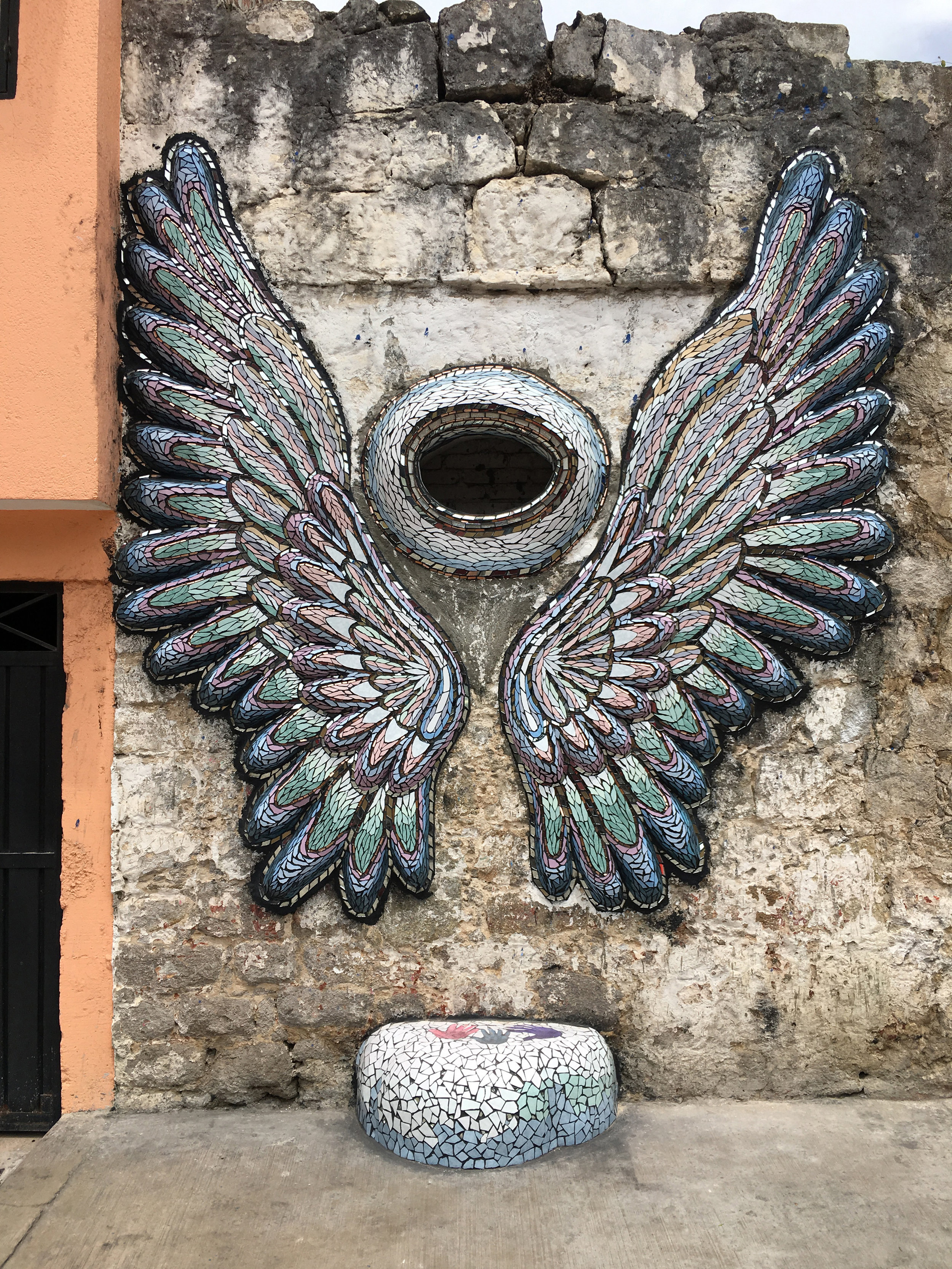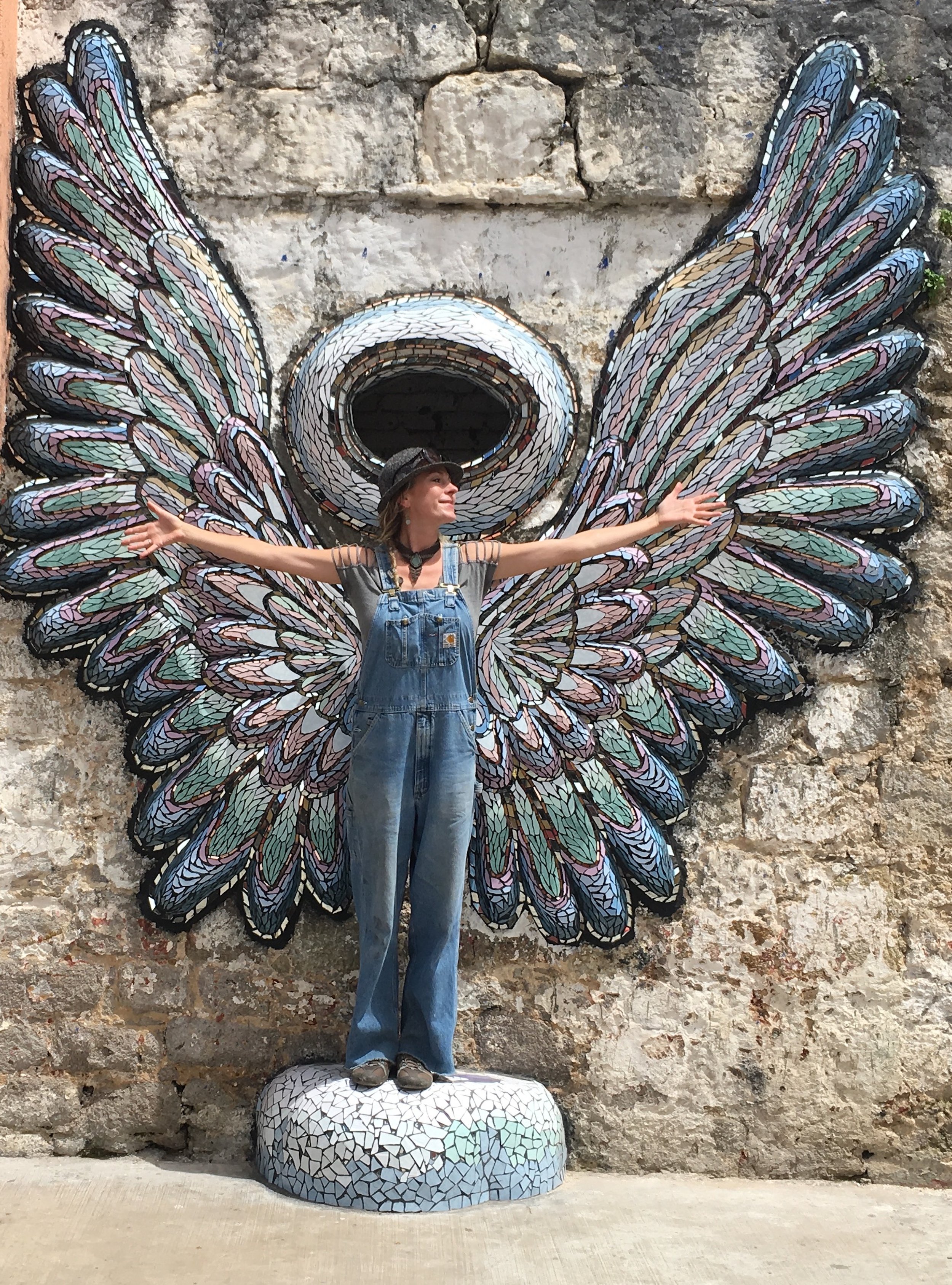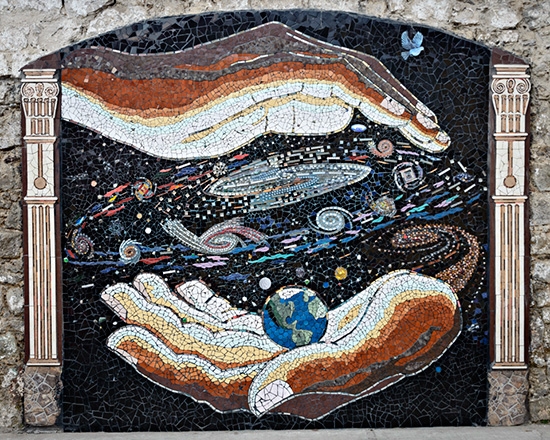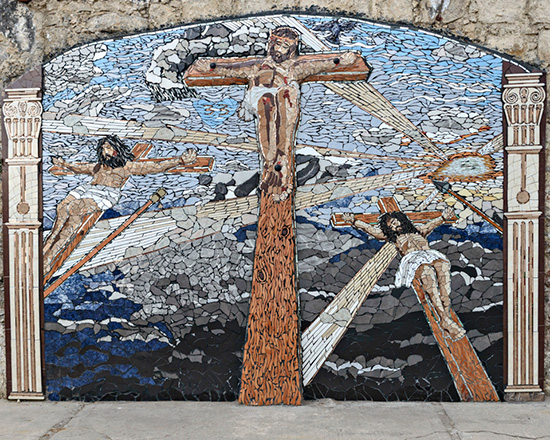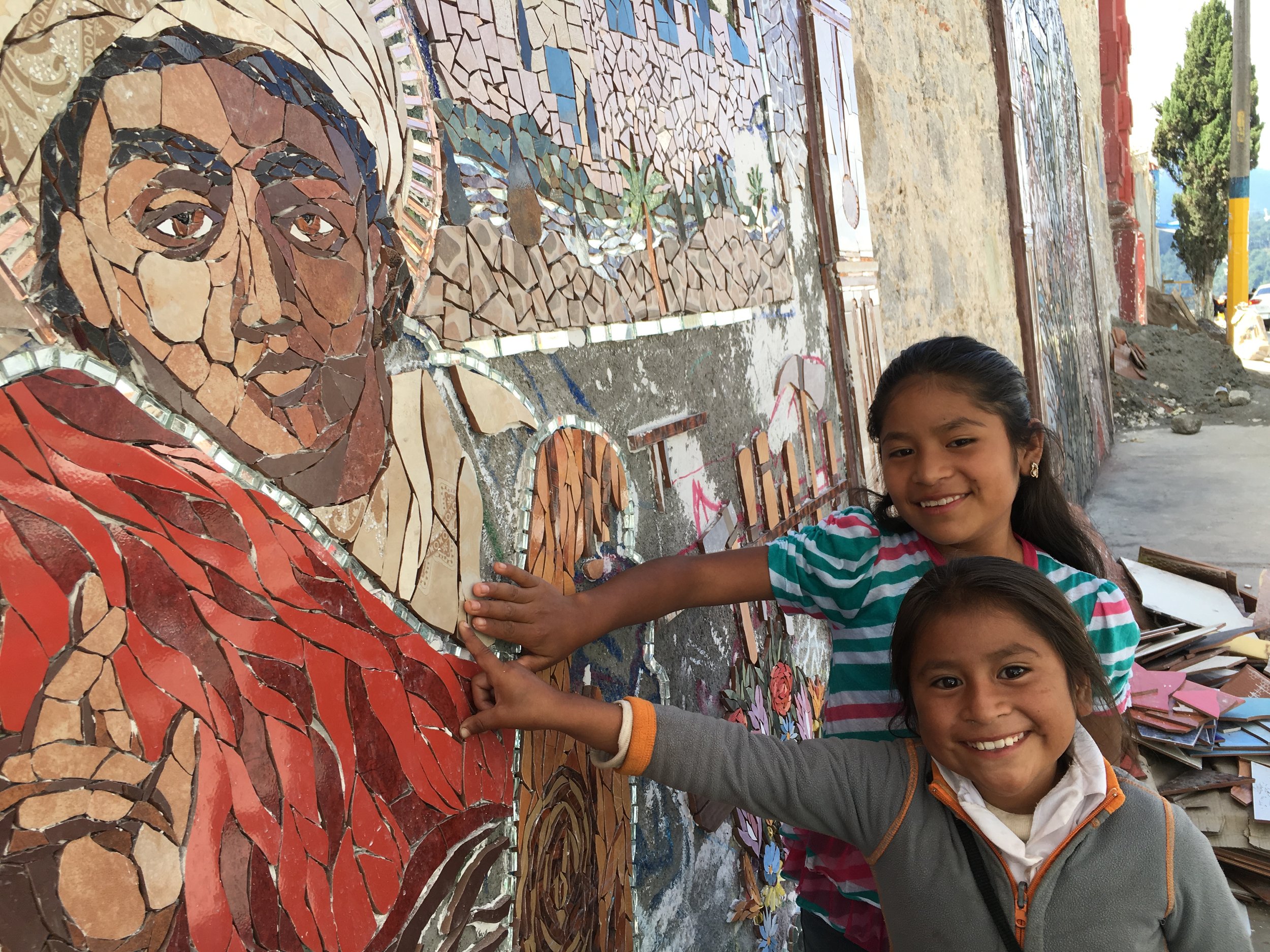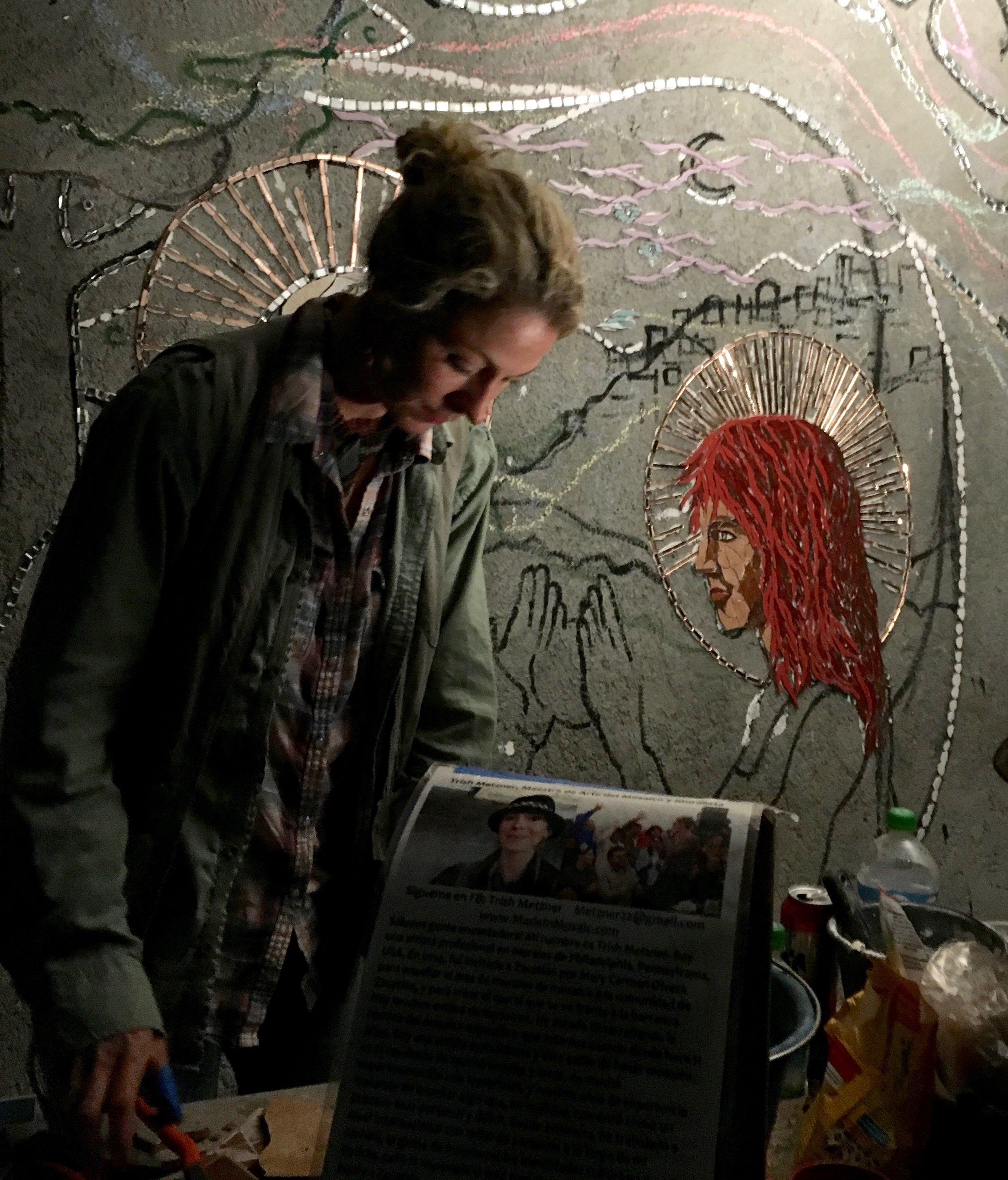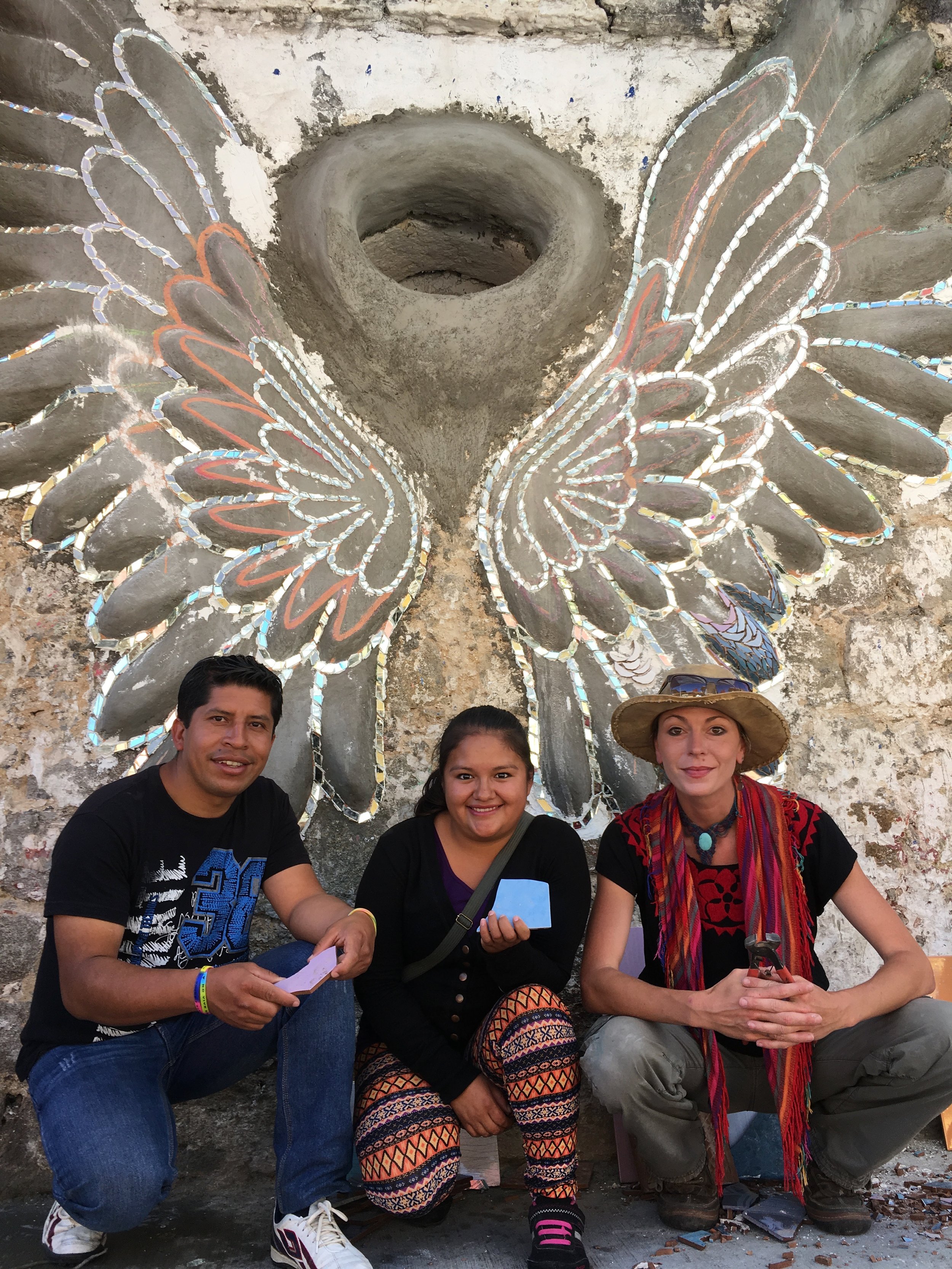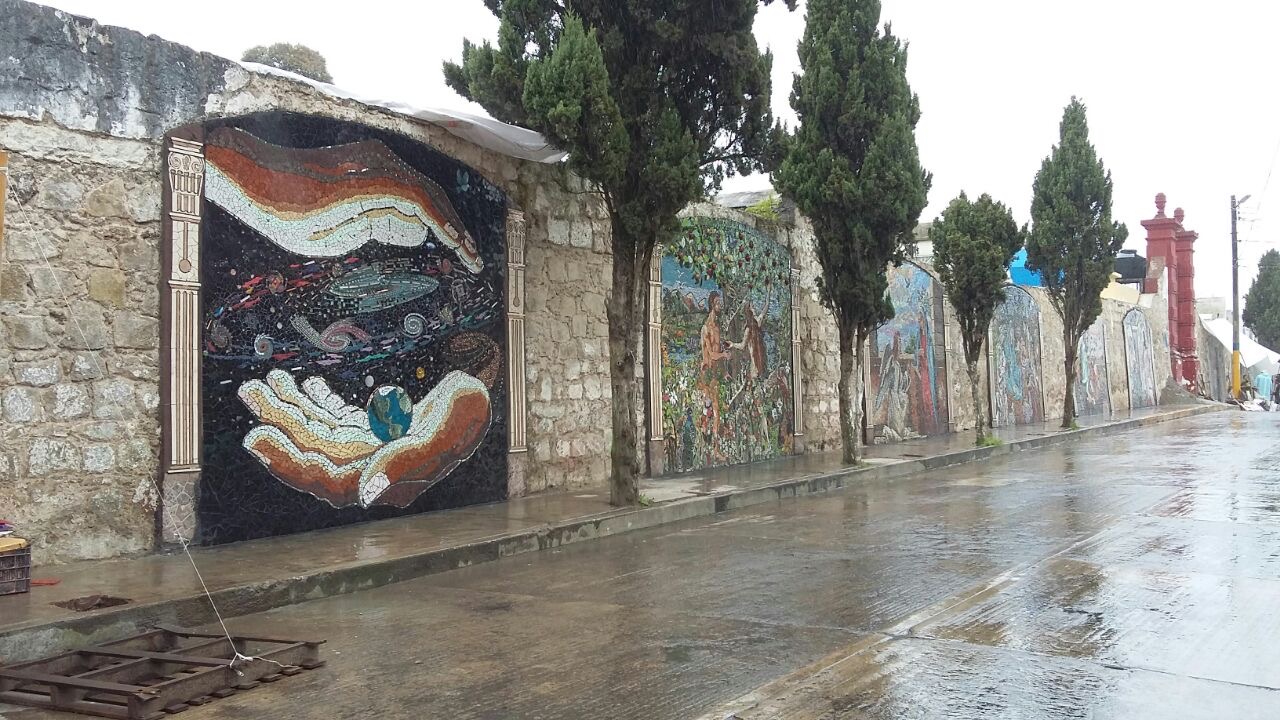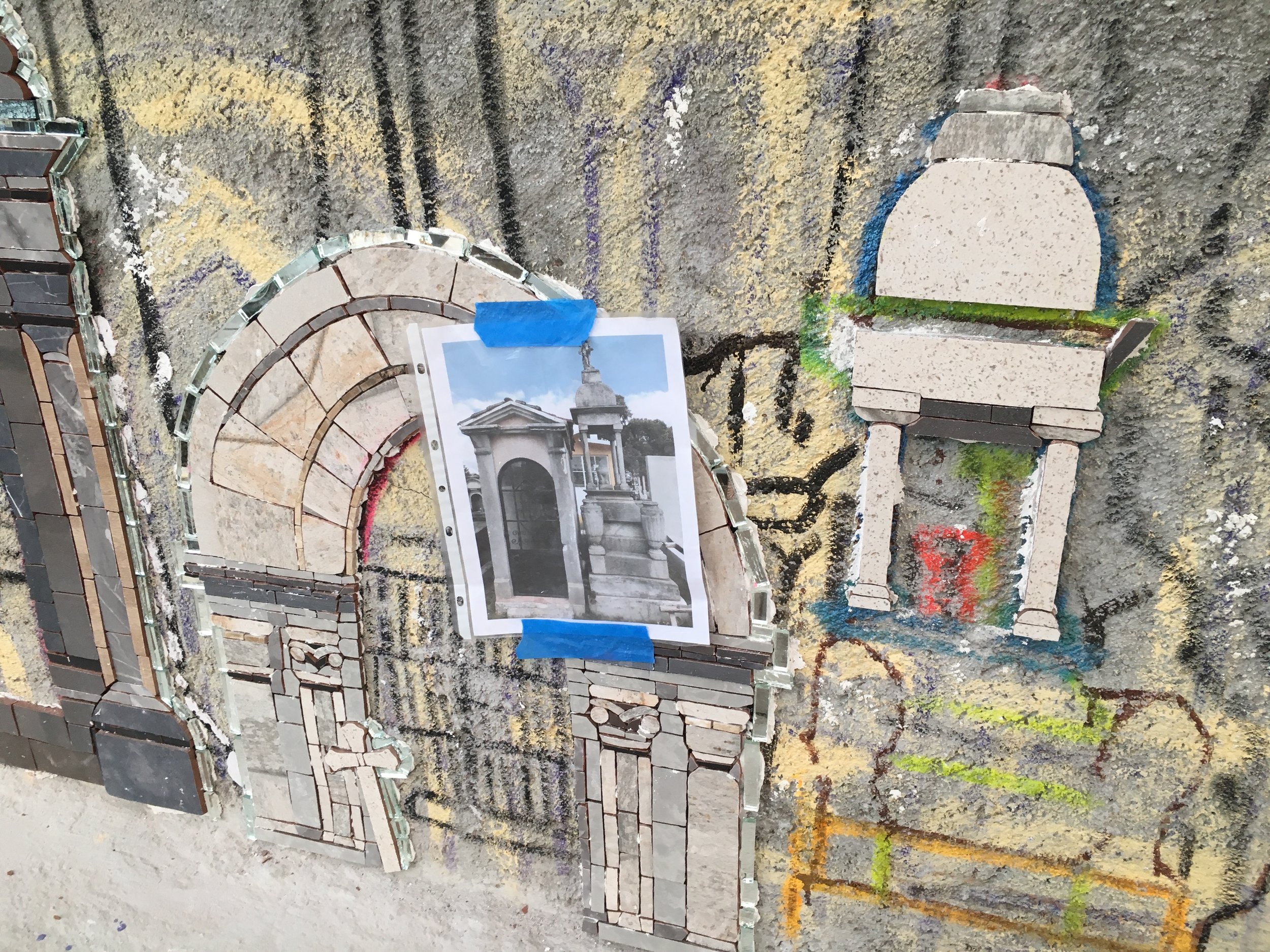Walls that Unite
How a cultural exchange project that began in Philadelphia spawned an arts economy in the mountains of Puebla, MX.
Bonding With Neighbors
We live in complicated times where building cross cultural connections and understanding one another more meaningfully is becoming increasingly difficult. The increased influence of social media, propaganda, special interest groups, and a hostile political climate has increased tensions between the nations and neighbors alike.
I view art as a humanitarian effort. It begins with the freedom of expression. My hope is that the story this project will offer alternative ways of exploring the potential for harmony among people regardless of national identity, social class or skin color. Our times call for ethical leadership to deliver this message. This project generated an incredible amount of media sensation. I hope our intercultural experience will pave the way for public dialogue and media awareness about the powerful role that artists have in improving not just US/Mexico relations, but global relations.
The first mosaic created in Zacatlan was in 2014 when I traveled there with another Philadelphia mosaic artist, Isaiah Zagar to carry out a commission to teach. I was then hired to return for several years to teach in greater depth the style and methods I'd developed throughout my career as a mosaic artist and instructor. I remember the first time I got on the plane with thousands of hand-made tile lettering I planned to use to spell out the names of the 58 apple-producing communities that make up the municipal region, high in the mountains of Puebla. I remember how the tiles looked like alphabet soup when my suitcase was passed through the X-ray. Excited as I was about working in a different culture, I could never have predicted how the mural would eventually grow to become a symbol of that region's cultural identity.
The chosen wall surrounded the town’s oldest cemetery, a place whose deceased were primarily Catholic families. The entire mural depicts fascinating subject matter about the town including: Contemporary and pre-Columbian history, agricultural traditions and techniques of the apple-producing economy, indigenous culture/clothing, and fourteen biblical passages related to eternal life on the entrance to the cemetery.
Unable to speak Spanish at first, I relied on demonstration of what I'd learned and personalized over time, showing each step I take when I approach a wall, how I set up shop in the street, organizing truckloads of randomly dumped tiles into a color palette, the signature way I cut each of my tiles into organic feathery shapes, the fluid space between tiles, the wonders of hand tools, the hazards of hand tools, design and layout etc. I tailored the initial design to accomadate our varying levels of skill and we gradually moved on to more challenging techniques as my students' skills developed. All the while I was learning Spanish and beginning to understand more about the history and cultural dynamics that shape modern life in a traditional pueblo. In three years, I was able to spend tremendous amount of time with the group of local volunteers who came to learn about mosaic. I learned how to use certain saws and tools. I learned a great deal from the local cement masons (and some colorful words too!)
The project was such an initial success that I received additional grants to continue the work and advance more challenging techniques and subject matter. I was fortunate to have the creative freedom to develop and implement an educational model based on my lived experience as an independent artist in Phildelphia. I am grateful to patrons of the arts who directly support the Artist’s intuition, expertise and capabilities. This experience pushed me into unfamiliar territory, yet with trust and financial support, I was able to rather quickly implement and apply what I knew beyond the patron’s expectations.
I created a multi-year plan which outlined methods for expanding arts into an industry through education, outreach and access. To demonstrate the impact of such a plan, I brought two of my initial alumni to Philadelphia, Mary Carmen a former school teacher who hosted me in her home, and a painter named Miguel, to Philadelphia for a cultural exchange tour. I shared with them how I came to learn mosaic and brought them to various sites and arts organizations that informed my own development. Philadelphia is an arts and cultural hub evidenced by grass roots arts initiatives that spark real economic and personal development. We took these ideas to Zacatlan and I am proud to say it has taken off like a dream come true. The locals there are a tight knit group of amazing and talented people who continue the project to this day.
The 900ft. length mural received a lot of national publicity in Mexico, including travel channel segments, car commercials, national tourism advertisements, church blessings and in political campaign advertising! Art is powerful stuff! Since the first workshop there in 2014, the town has seen a significant increase in the value of real estate surrounding the mural and a conspicuous increase tourism in the years since. This in turn created more jobs, more attractions, and even led to a streets department renovation project to better facilitate the growing number of visitors arriving to see the art. All of the initial project volunteers are now successful artists in their own right and have continued the mosaic journey, paying it forward to the next generation of mosaic muralists. It is incredibly rewarding to see this evolution.
Since returning to the US, I have a studio practice called Red House Arts in the East Falls neighborhood of Philadelphia on the beautiful banks of the Schuylkill River. I host workshops, cultural events, and lead arts-based travel retreats to you guessed it…Mexico. Please contact me if you are interested in a tile project, educational program, or travel tour.









